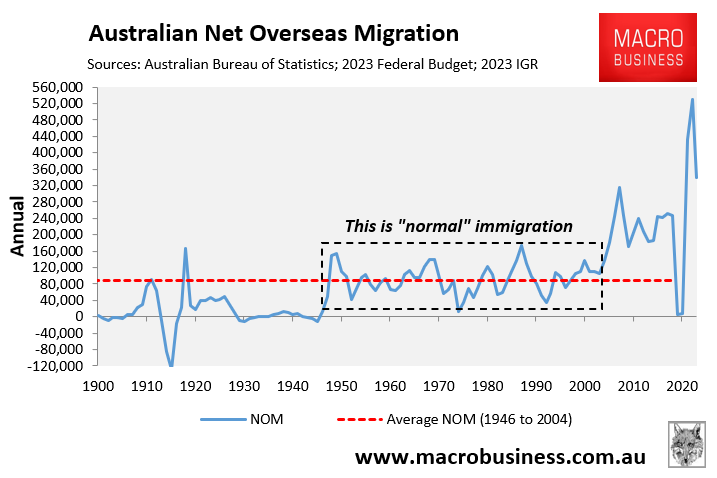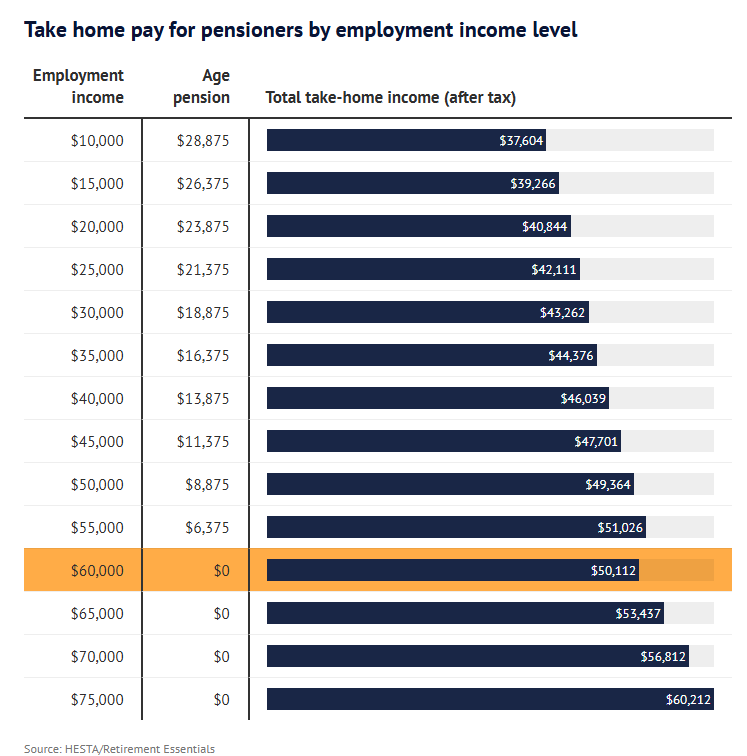Developing nations worldwide are facing structural labour shortages and budget deficits amid ageing populations.
Germany has proposed raising the retirement age to 73 to avert a pension crisis:
Germany has proposed raising the retirement age to 73 in an effort to prevent the collapse of its pension system. This proposal comes from a new scientific advisory board established under the German Ministry of Economy, which indicated that there is little time left for necessary reforms.
Experts have noted that Germany”s economy has been stagnating for several years, while the demographic situation continues to deteriorate. The proposal has generated significant backlash in Berlin. Recently, Economy Minister Katharina Reiche suggested raising the retirement age to 70, a proposal that also faced considerable criticism.
As of 2023, the average life expectancy in Germany is approximately 81.2 years.
Australia is facing similar pressures from an ageing population, which the federal government has tried to mitigate by implementing a high immigration policy to avert labour shortages and increase the number of taxpayers.

However, the high immigration policy has failed. The wrong skills have been imported, making shortages worse. Housing and infrastructure have also been crush-loaded under the population deluge, reducing liveability and productivity.
While lifting Australia’s retirement age may help to alleviate the fiscal pressures somewhat, as well as force older Australians to work longer, it is unlikely to gain popular support. Such a policy change would also take years to come into effect and would unfairly penalise manual labour workers who cannot work into old age.
A better solution is to simply abolish the age pension income means test, which punishes pensioners with high effective marginal tax rates for undertaking paid employment.
According to a recent report by Retirement Essentials, Australians who receive the age pension but continue to work can incur effective marginal tax rates of between 60% and 80%.

“Retirement is changing, but the system hasn’t aligned well with that”, HESTA CEO Debby Blakey said. “Many of our retirees are keen to work, not just for financial reasons, but for connection or their mental well-being. Part-time or casual work in retirement helps people retain a sense of purpose and fulfilment, while addressing critical workforce demand and boosting the broader economy”.
“Age pensioners can continue to make significant contributions to the workforce”, Blakey said. “But there’s no incentive for them to increase their work”.
As a counterpoint, over-65s in New Zealand make up a startling 25% of the labour force, compared to roughly 14% in Australia. Only about 3% of Australian age pension recipients work.
The fact that the pension is not means-tested and is available to everyone over the age of 65 accounts for the high participation rate among New Zealand’s senior population. As a result, older Kiwis who work more do not lose their pension; rather, they pay tax on their increased earnings.
The Netherlands and Denmark, two other top pension systems, have defined benefit programs, or universal basic pensions, and seniors participate in the labour force at considerably higher rates than in Australia.
Australia could meet New Zealand halfway and keep the pension assets means test but abolish the income means test. Doing so would enable pensioners to work without financially penalising them for doing so.
According to research from National Seniors Australia (NSA):
- Fewer than 76,000 pensioners (3%) currently work, but many would work (or work more) if they did not lose half their earnings when they work more than one day a week.
- Exempting work income from the Age Pension income test could benefit two million pensioners with limited wealth, alleviating pensioner poverty.
- The policy could see up to 400,000 pensioners available to fill critical labour shortages across the country.
Instead of importing hundreds of thousands of migrants into Australia each year to address labour shortages, which puts undue strain on infrastructure, housing, and the environment, we should make better use of retirees who want to work by changing pension rules to reduce punitive effective marginal tax rates.
It is an obvious policy solution that would bolster the economy and alleviate poverty while avoiding the negative consequences of excessive immigration-driven population growth.
I discussed this issue in an interview with Tom Elliott at Radio 3AW.

